The world of wild and indigenous fruits is full of hidden gems, and the African medlar (Vangueria infausta) is one such treasure. Revered in many African communities for its sweet, apple-like flavor and impressive medicinal value, this fruit is an important part of rural diets and local traditions. But while it thrives in many parts of Africa, one nation stands above the rest as the primary hub for African medlar production. In this article, we’ll explore the origins of African medlar, its significance, the regions where it grows, and finally reveal which country is the largest producer of African medlar in the world.
What is African Medlar?
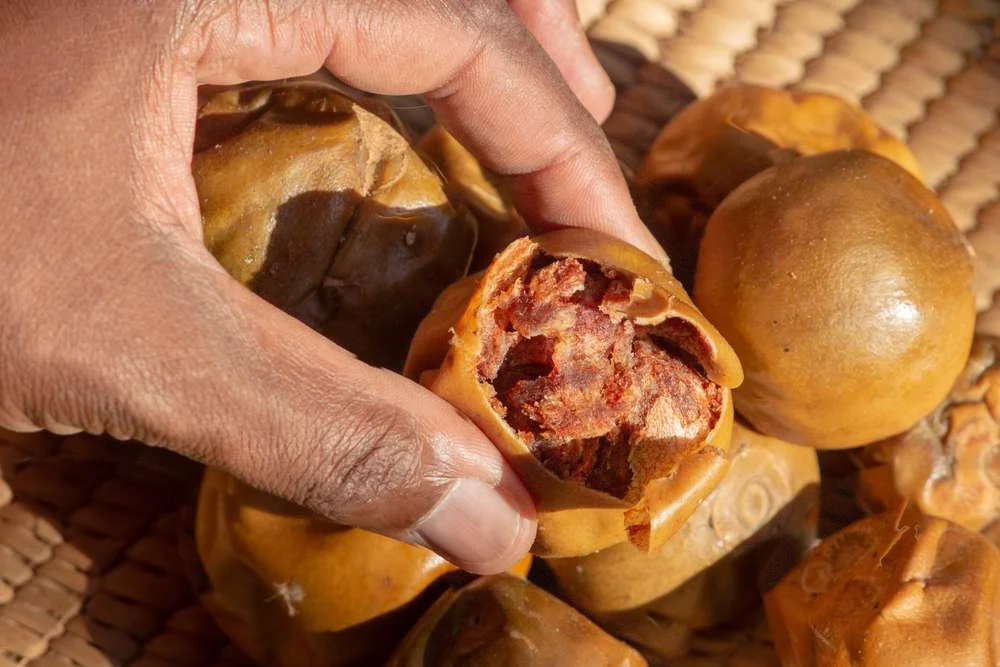
The African medlar, scientifically known as Vangueria infausta, is a small, deciduous tree or shrub belonging to the Rubiaceae (coffee) family. Native to sub-Saharan Africa, it typically grows in dry woodland, bushveld, and rocky hill areas.
The fruit itself is a round, light brown berry, about the size of a small plum, containing several hard seeds encased in soft, sweet-tart, aromatic pulp. Locally, it is known by several names:
- Mmilo in South Africa
- Umtulwa in Swaziland
- Mushuku in Zimbabwe
- Umviyo in KwaZulu-Natal
Its flavor has been likened to a cross between an apple and a loquat, making it a highly sought-after wild delicacy.
Distribution and Growing Regions
The African medlar is widely distributed across southern and eastern Africa, naturally occurring in countries like:
- South Africa
- Zimbabwe
- Botswana
- Mozambique
- Namibia
- Zambia
- Tanzania
- Malawi
- Kenya
- Uganda
Though found in many regions, its production is largely from wild harvesting rather than organized commercial farming. However, its ecological importance and cultural value have made it an essential tree species in agroforestry systems.
Nutritional and Medicinal Value
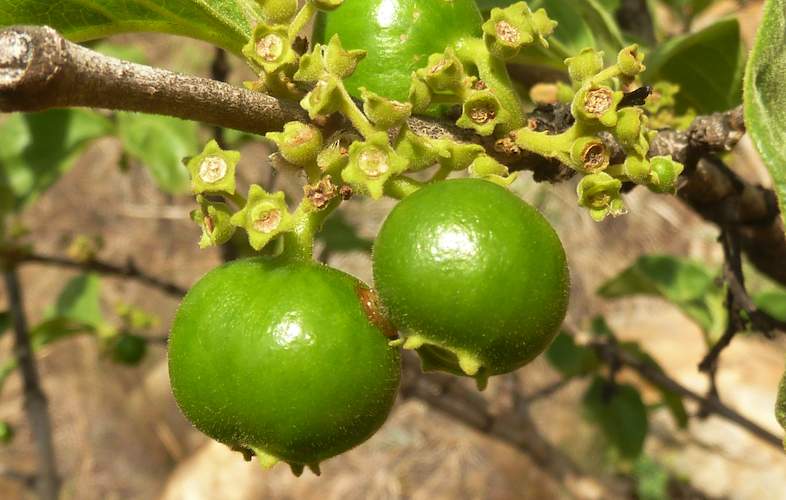
The African medlar is much more than just a sweet treat. It holds considerable nutritional and medicinal importance:
Nutritional Benefits:
- Rich in Vitamin C
- Contains dietary fiber
- Packed with natural sugars and carbohydrates
- Good source of antioxidants
Medicinal Uses:
Traditional African communities have long used various parts of the African medlar tree:
- Leaves and bark: Used to treat fever, toothaches, and chest complaints.
- Roots: Employed for stomach ailments and as an anti-inflammatory.
- Fruits: Eaten to combat indigestion, colds, and flu.
Culinary Uses
The fruit is consumed fresh, dried, or processed into:
- Jams and preserves
- Juices and syrups
- Traditional alcoholic beverages like mampoer in South Africa
- Fermented foods
Dried fruits are often stored for months and eaten during dry seasons when fresh fruit is scarce.
Which Country Is the Largest African Medlar Producer?
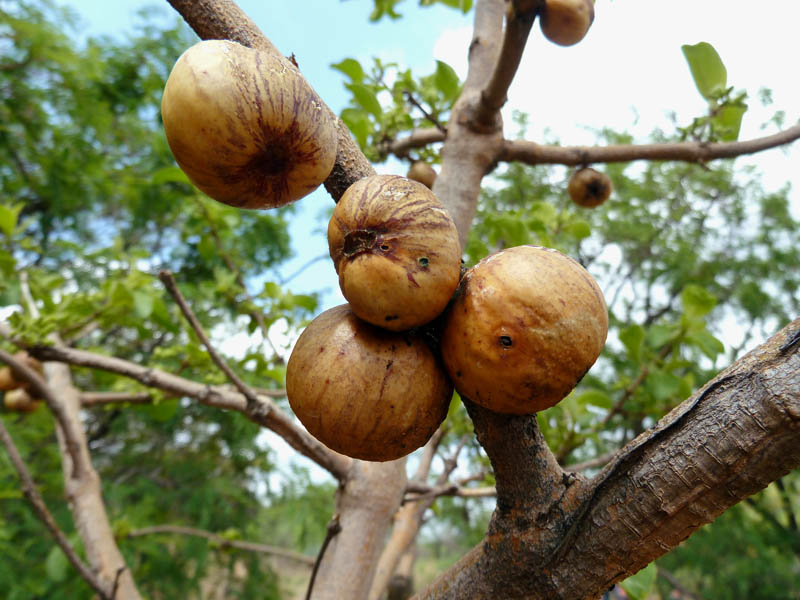
After reviewing its natural habitat, cultural value, and harvesting practices across Africa, it becomes clear that South Africa is the largest producer of African medlar in the world.
Why South Africa Leads:
- Wide Distribution: The tree naturally grows across multiple South African provinces, including Limpopo, Mpumalanga, Gauteng, North West, Eastern Cape, and KwaZulu-Natal.
- Cultural Importance: South African communities consume African medlar in various forms. It’s a traditional staple in rural diets and an important source of vitamin C during winter.
- Agroforestry Practices: In recent years, South African farmers and conservationists have embraced indigenous fruit trees like African medlar for reforestation and sustainable farming initiatives.
- Market Presence: While still a wild-harvested fruit, African medlar is commonly sold in local markets, and informal trade of fresh and dried fruits is particularly strong in South Africa’s rural areas.
No other country comes close to South Africa in terms of both natural abundance and cultural utilization of African medlar.
African Medlar in Other Countries
Though South Africa leads, other African nations also play a role in the fruit’s regional importance:
Zimbabwe:
Widely found and consumed, especially in the central and eastern parts of the country. It is sold in rural markets and used both as food and traditional medicine.
Mozambique:
The fruit is harvested seasonally in wild areas, valued as a food source in rural diets, and known for its resilience during drought.
Kenya & Tanzania:
While not as culturally embedded as in southern Africa, the African medlar grows naturally in parts of East Africa. It is harvested and consumed locally but lacks commercial organization.
Importance to Rural Livelihoods
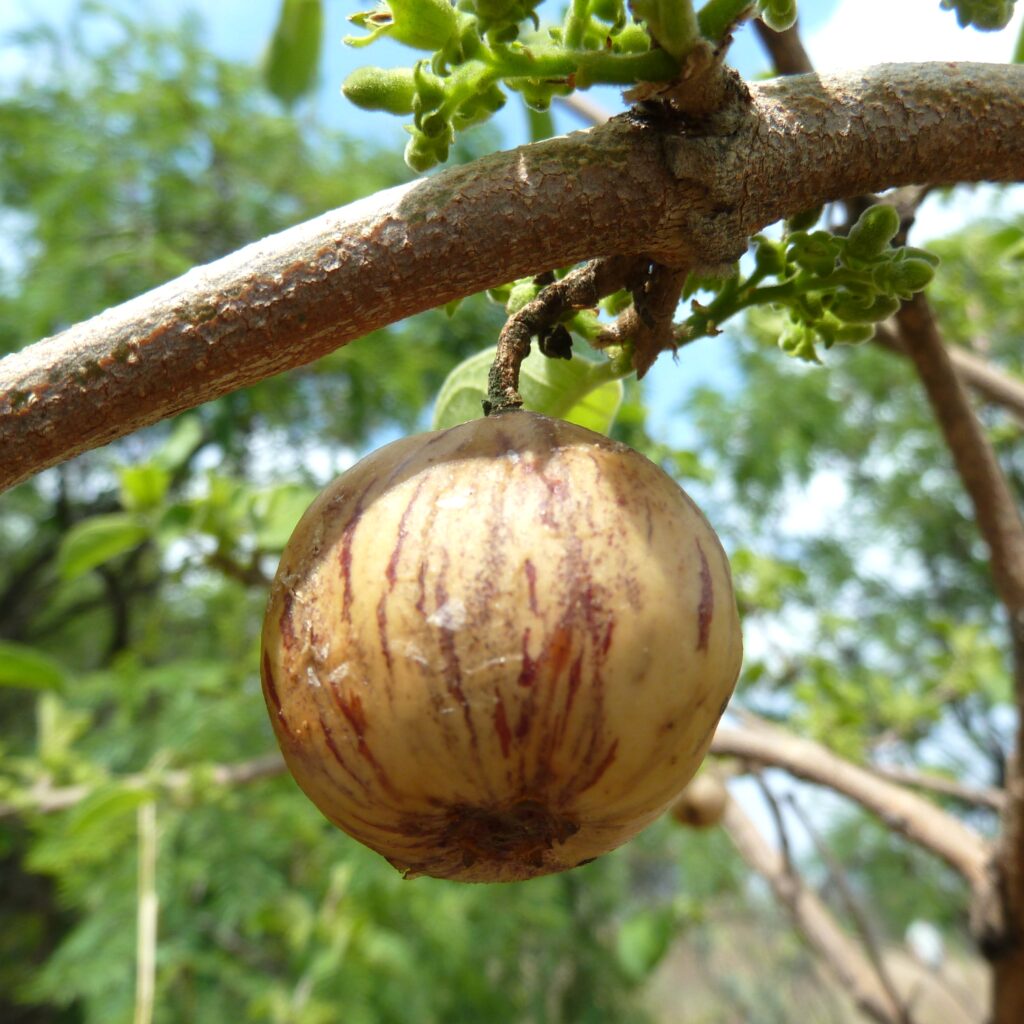
For rural communities in southern Africa, African medlar provides:
- Seasonal nutrition
- Supplementary income from informal fruit sales
- Medicinal remedies for common ailments
- Wildlife sustenance, supporting biodiversity
It also plays a role in traditional ceremonies and as a symbol of good fortune in some communities.
Conservation and Cultivation Potential
Despite its ecological and cultural value, African medlar remains underutilized commercially. However, several projects and NGOs in South Africa are promoting the cultivation of indigenous fruit trees for:
- Food security
- Land rehabilitation
- Agroforestry diversification
- Economic upliftment through indigenous plant markets
The fruit’s drought tolerance and nutritional value make it a promising candidate for sustainable agriculture in arid regions.
Global Trade and Market Outlook
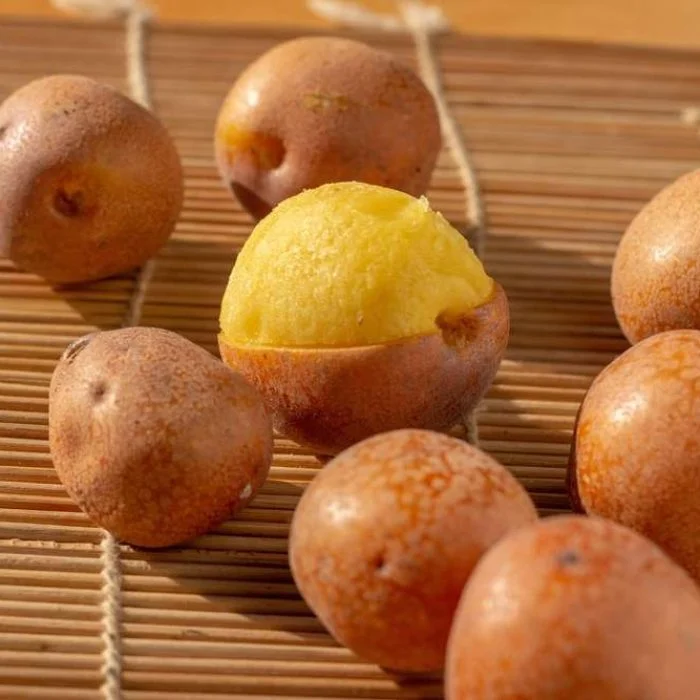
Currently, African medlar is primarily a local, wild-harvested fruit with no significant international trade. However, its rich nutritional profile and exotic appeal offer potential for niche markets:
- Organic dried fruits
- Wild-crafted jams and preserves
- Medicinal herbal products
- Specialty beverages
As awareness of indigenous African superfoods grows, so does the opportunity for African medlar to find a place on global shelves.
Conclusion
To answer the key question: South Africa is the largest African medlar producer in the world. The fruit thrives abundantly in South Africa’s woodlands and savannas, where it’s deeply ingrained in local culture, diets, and traditions. Though still largely a wild-harvested fruit, South Africa’s adoption of African medlar into agroforestry practices signals growing recognition of its value.
With its rich history, medicinal significance, and potential for sustainable farming, African medlar is more than just a fruit—it’s a symbol of Africa’s rich biodiversity and heritage. As conservation efforts and interest in indigenous crops increase, African medlar may soon gain wider appreciation beyond its native regions.

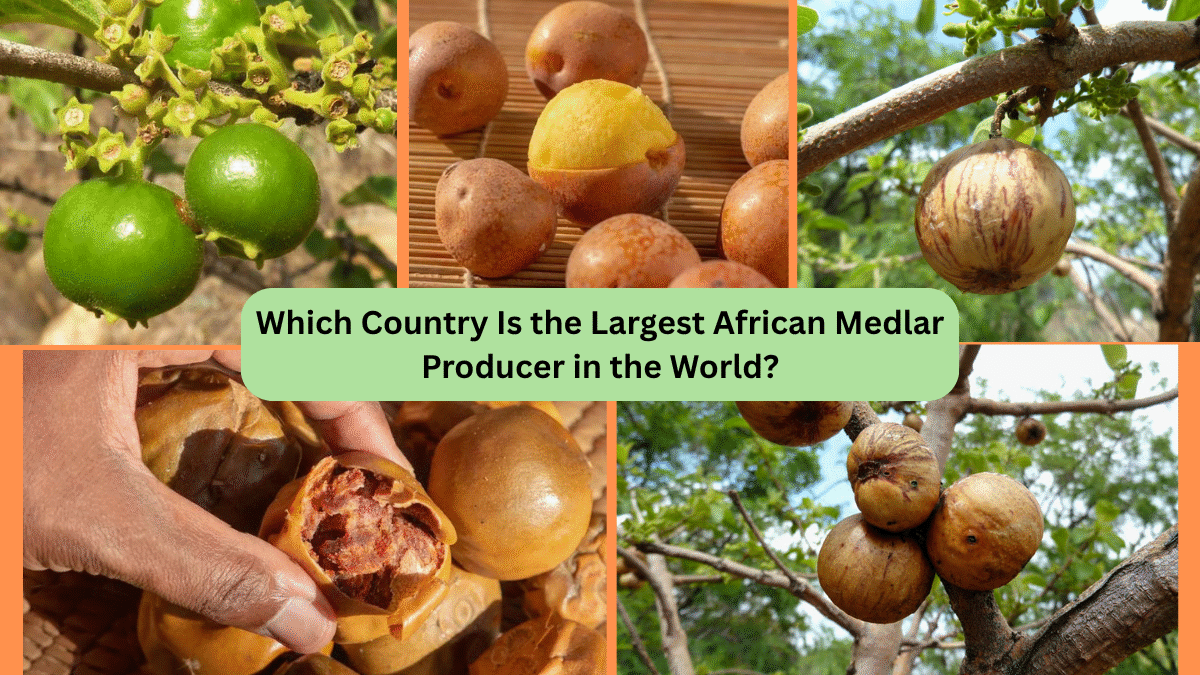




Leave A Comment